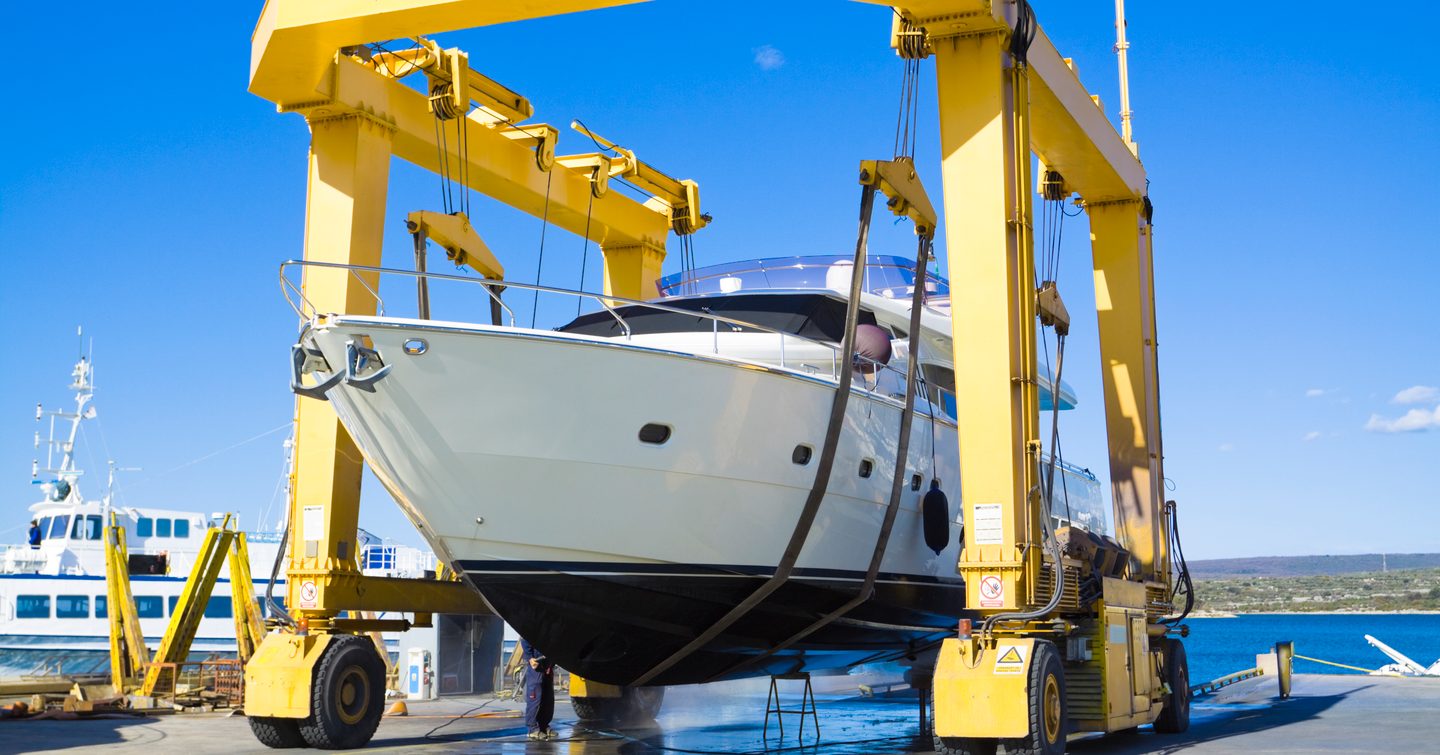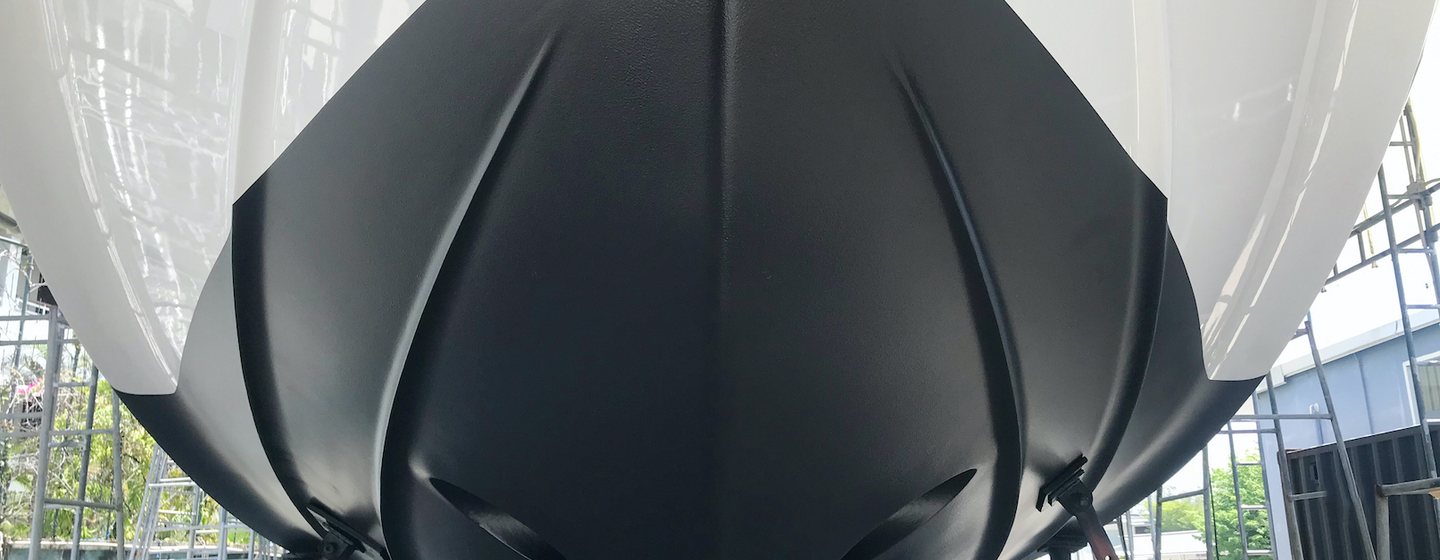Purchasing a brand-new yacht rather than a second-hand one offers a significant advantage: the warranty. Yachts are substantial investments, and their intricacies can occasionally lead to unexpected challenges. To guarantee that your ownership experience is nothing but smooth sailing, we've crafted the yacht warranty guide below.
- Not All Warranties Are Equal
- Who Provides The Warranty?
- What Is A Hull Warranty?
- What Is An Unlimited Warranty?
- What Is An Engine Warranty?
- What Onboard Equipment Is Covered?
- Are Warranties Negotiable?
- Can Yacht Or Engine Warranties Be Transferred?
- What Is A Pro-rated Warranty?
- What Are Common Warranty Exclusions?
- What Other Strings Are Attached?
- Who Pays When A Claim Is Made?
- Things To Do Before Your Warranty Ends
Not All Warranties Are Equal
When comparing two similar yachts from different builders, you'll often find that the warranty cover differs more than the yacht's performance, build quality, and accommodation.
Warranties are extremely important for yachts, especially as the most mass-produced vessels still require a lot of work to be carried out by craftsmen which can sometimes result in the occasional mistake.
It’s also worth bearing in mind that most production yachts don’t leave the builder’s shipyard fully complete and ready to go, but are instead delivered to a dealer for commissioning. A lot happens at the commissioning stage, with work such as the making and fitting of cockpit covers and shade awnings being carried out by local subcontractors. Other work includes batteries being fitted, the integration of electronic systems, and the installation of optional equipment.
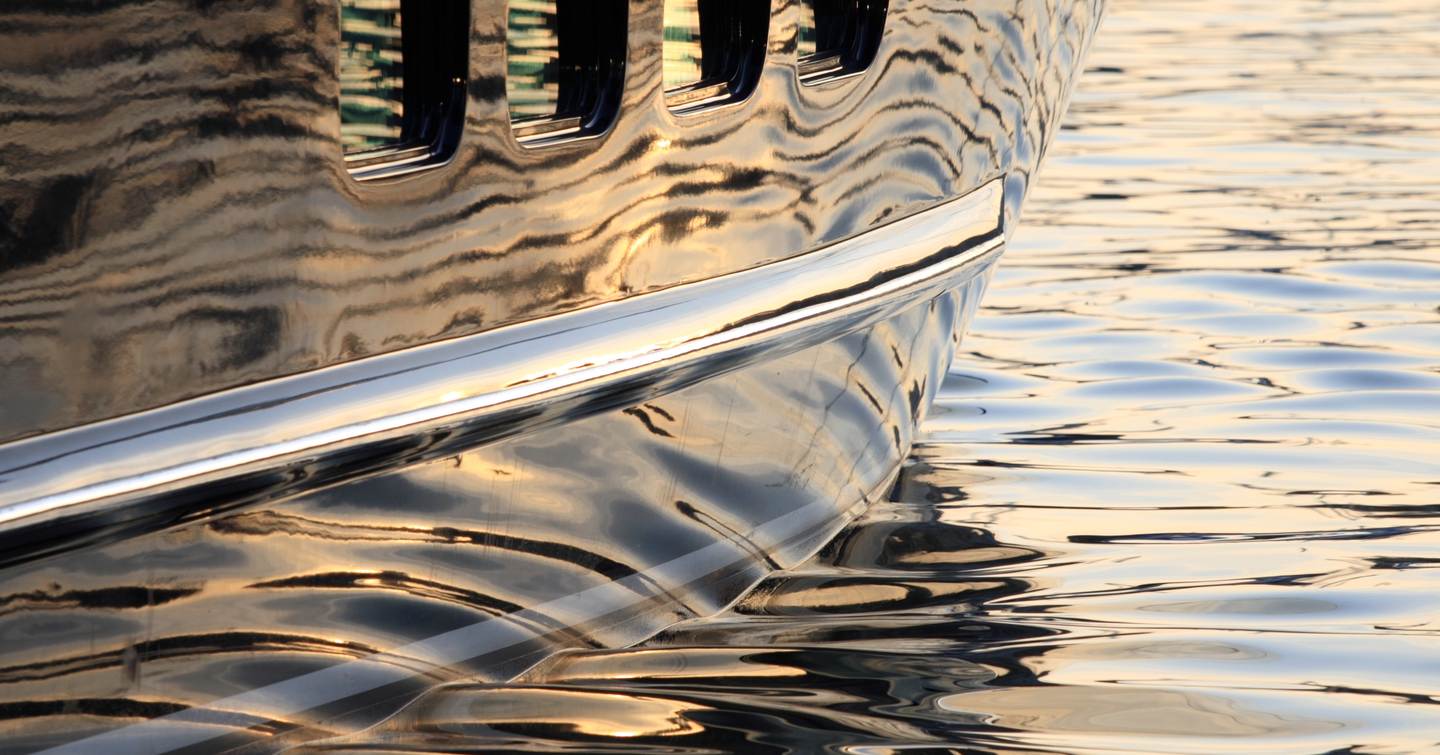
Builders of entirely custom and semi-custom vessels are more likely to do the commissioning work themselves, but no matter who does it, there can still be teething problems. This is where the warranty comes in.
The good news is that modern yacht warranties have become increasingly customer-friendly. Many builders and dealers compete with each other to offer the best customer service and after-sales care, which has resulted in more extensive and reliable warranty coverage. Warranty claims nowadays are usually straightforward and resolved in favor of the customer, but from time to time, disputes do arise.
That said, the quality of warranty coverage does vary, so there’s a real benefit in shopping around, regardless of the yacht you plan on buying.
Who Provides The Warranty?
Some yacht builders issue their own manufacturer-backed warranties, while other shipyards partner with a specialist financial service provider to offer a third-party warranty.
There are pros and cons to each of these, but either way, you’re relying on the provider staying in business for the duration of the warranty period. When one yacht builder is sold to another (especially if it’s bought out of administration) the warranties it has issued are usually void.
One advantage of third-party warranties is that you’re more likely to be given the option to extend by buying additional cover at the end of the initial period. On the other hand, the yacht’s builder arguably has a stronger incentive to keep its customers happy than a third-party provider.
What Is A Hull Warranty?
All new yachts come with some sort of hull warranty which is usually valid for one or two years. Occasionally, these can last for up to five years, and sometimes a lifetime warranty can even be offered. The lifetime of a modern GRP yacht hull is expected to be 25 to 30 years.

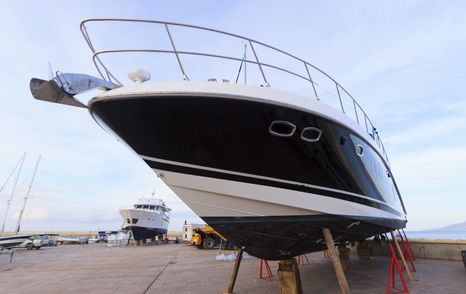
Any hull warranty should cover serious, structural hull defects such as delamination or failure of a load-bearing bulkhead, but it’s important to be aware that some hull warranties don’t cover other essential parts of the yacht such as the superstructure and decks, or the interior.
What Is An Unlimited Warranty?
An unlimited warranty sounds great, doesn’t it? Be aware, however, that the word unlimited in this context usually means that the warranty covers the cost of returning the yacht to its builder or dealer for repair. It doesn’t mean that the warranty covers the whole yacht.
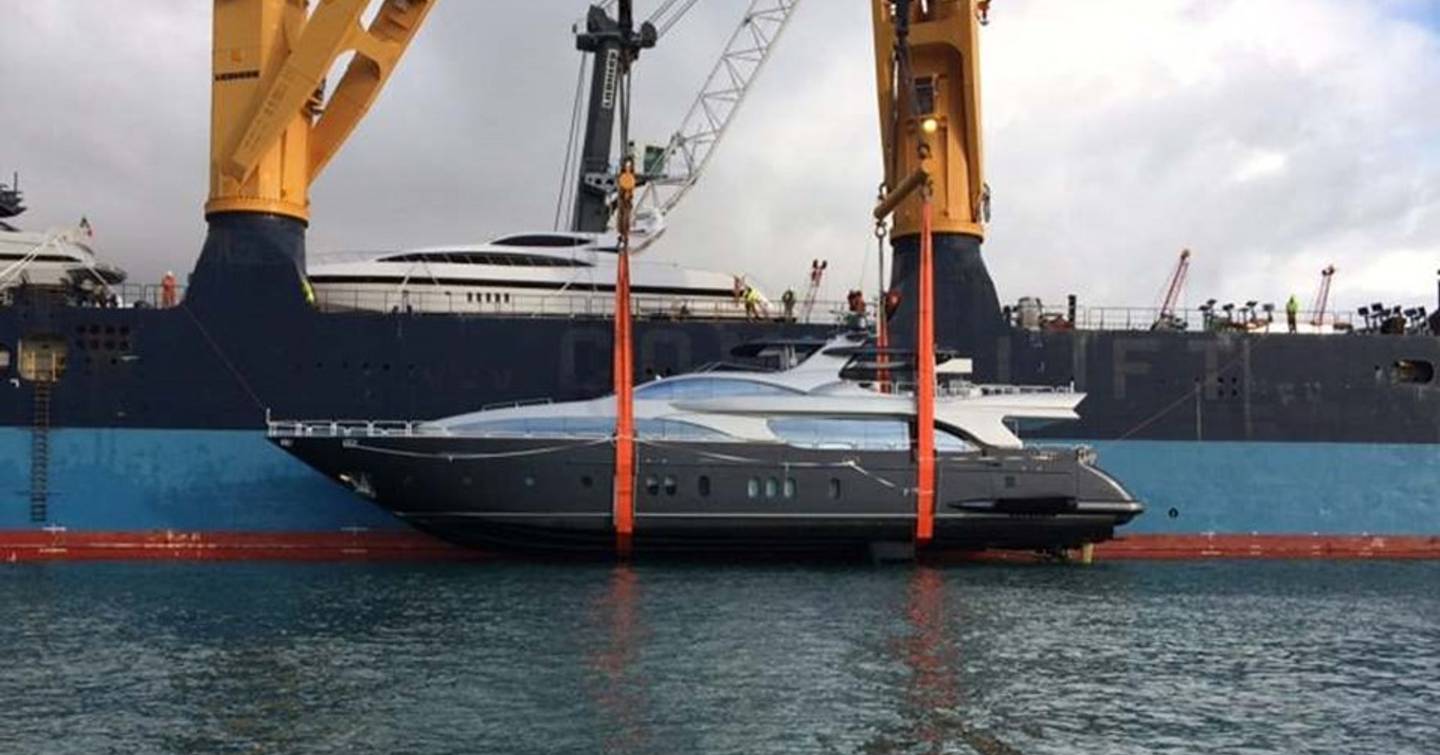
A limited warranty generally means that the customer bears the cost of returning the yacht to the builder or dealer. If they’re in Italy and the yacht is in the Caribbean, that’s a hefty transport bill to pay.
In a scenario like this, during the sales negotiation, it’s wise for the buyer to get written confirmation from the builder or dealer stating that warranty work can be done by a local shipyard. This is one of several reasons why it can be a distinct advantage to buy from a builder or dealer that has a network of offices all over the world.
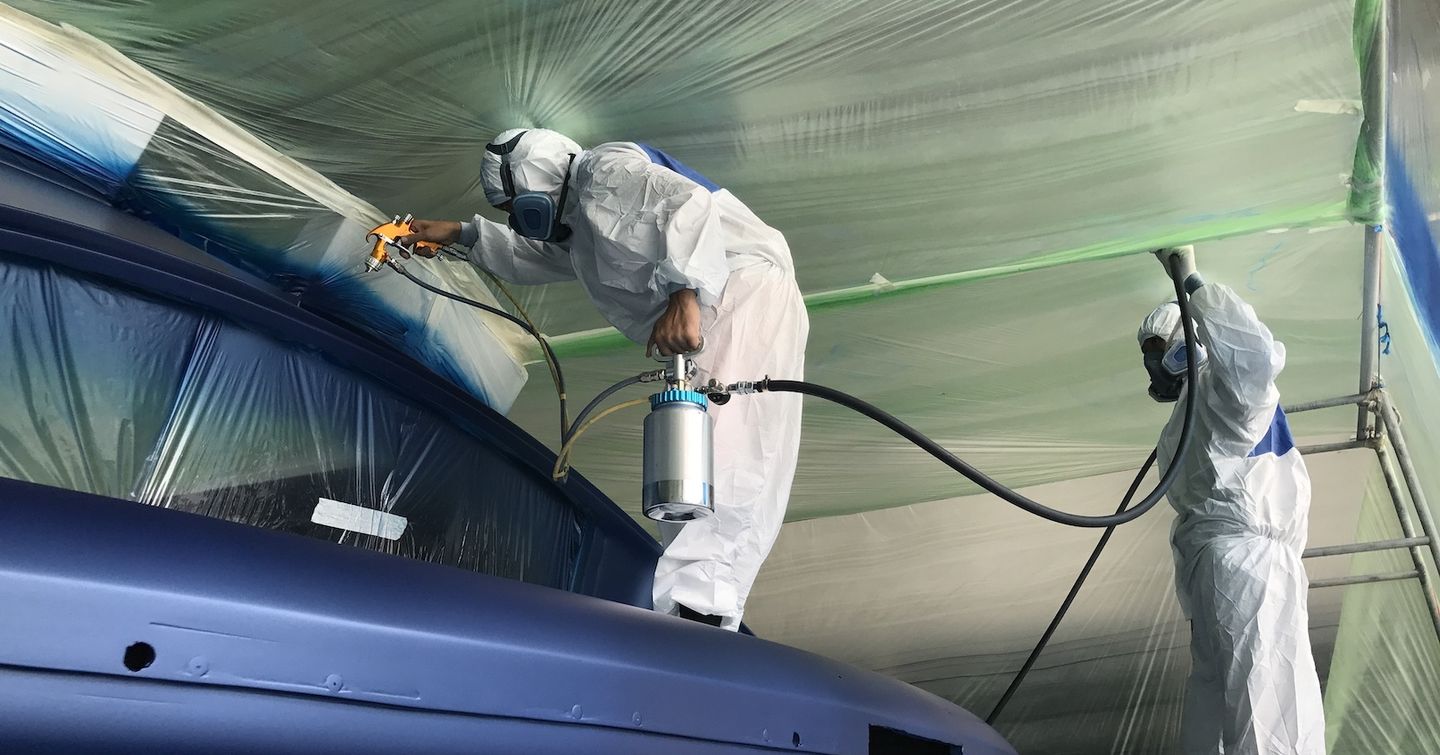
Specialist Materials
The location of dealers and approved repair facilities is especially important for yachts with hulls made from carbon fiber or other hi-tech composite materials that require specialist skills and climate-controlled facilities to repair.
Any shipyard can repair a steel or polyester resin hull, which is why long-distance cruising yachts are so often made from those materials. Internationally, shipyards that can repair carbon fiber, aluminum or even vinylester are few and far between.
What Is An Engine Warranty?
Buyers should also ensure their new yacht comes with an engine warranty. The hull and engine warranties are nearly always separate, with the engine warranty backed by the company that made it rather than by the yacht builder that installed it or the dealer who commissioned it.
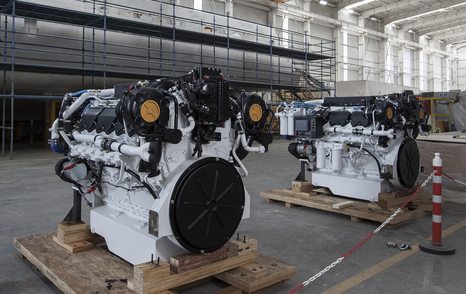
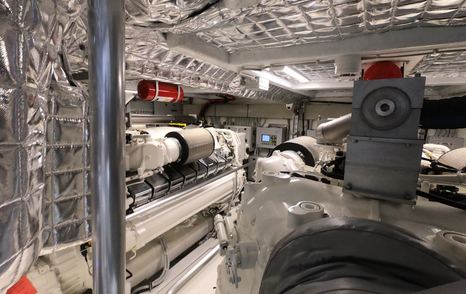
However, it’s normal for the dealer who sold the yacht to handle warranty claims for both the yacht and its engine. The engine warranty is typically for one to three years or a specified number of engine hours, whichever comes first.
What Onboard Equipment Is Covered?
Warranty coverage for everything inside the hull is varied. Many yacht brands offer a bow to stern warranty, which usually means that the decks, superstructure and accommodation are covered, but things like the navigation electronics, stabilisers, trim tabs, anchor windlass, bow and stern thrusters, air conditioning, galley equipment and entertainment systems may not be included.
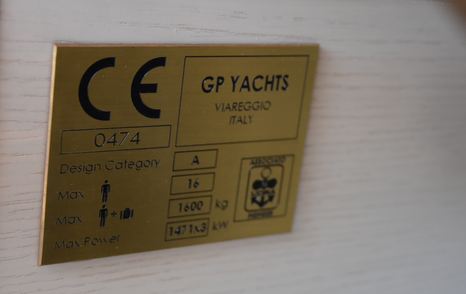

Even if these items are included in the builder’s warranty, they might only be covered for a year or two after which the equipment manufacturer’s own warranty comes into play.
It’s worth knowing that for all yachts that are built to the EU’s RCD specification (which includes many yachts built in other parts of the world), every component fitted by the builder must be CE-marked, which guarantees that it’s fit for purpose for a minimum of five years.
Are Warranties Negotiable?
Some are, some aren’t. It’s worth asking. A third-party warranty for a production yacht from a high-volume builder will probably be inflexible. There may be a bit of leeway, however, if you’re buying from a major production builder that backs its own warranties, especially if it deals direct with customers rather than through a network of dealers.
Smaller production builders are often more flexible. If you’re buying a semi-custom or full-custom yacht, the terms and conditions of warranty coverage ought to be part of the sales negotiation.
For a large, complex full-custom build or a semi-custom build that includes lots of customization, it may be wise to get professional advice about warranty-related issues from a specialist lawyer or a qualified yacht surveyor, or both.
Can Yacht Or Engine Warranties Be Transferred?
Again, this varies. A warranty that can be transferred from the yacht’s first owner to its second owner is a distinct advantage if you sell the boat before it runs out. Many yacht builders do offer a transferable warranty but these companies require you to follow a strict procedure to do so, and some builders’ warranties can only be transferred once, regardless of how little time has elapsed.

An engine warranty is usually transferable, as long as the service schedule is maintained and the ownership details are updated.
What Is A Pro-rated Warranty?
Hull and engine warranties are quite often pro-rated. This means that they initially include the whole cost of repair or replacement for a defect but cover an increasingly small percentage of the cost as time goes on.
For example, a 10-year pro-rated hull warranty might cover 80% of the cost of a hull repair after two years, 60% after four years, 40% after six years, 20% after eight years, and so on.
What Are Common Warranty Exclusions?
Many yacht builders’ warranties have a lot more text describing what’s not included in the warranty than what is included.
Exclusions can vary from one manufacturer to another. Nearly all warranties exclude any claim for loss of enjoyment of the yacht while it’s being repaired under warranty, no matter how long it takes for the defect to be repaired.
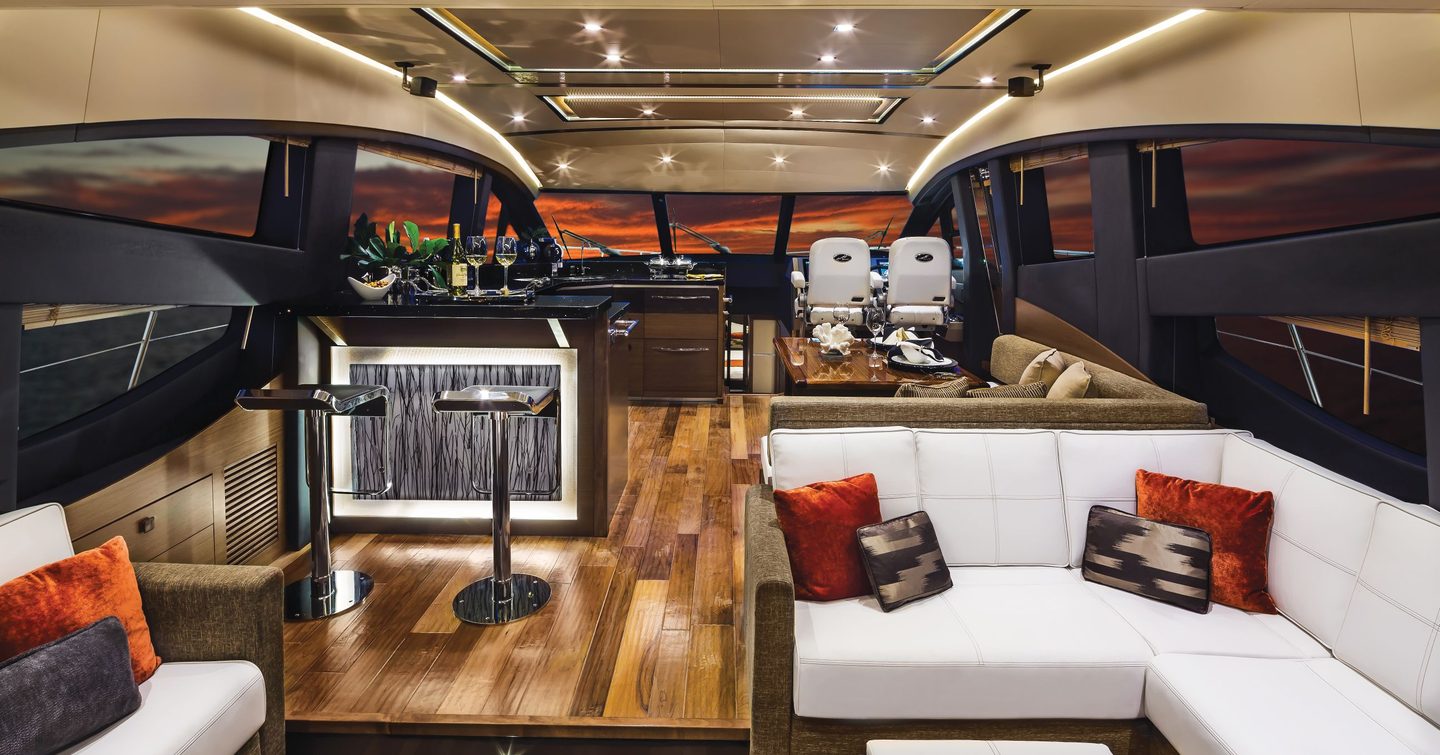
One of the most important things to check is that the warranty covers both parts and labor; quite often it doesn’t and the owner has to pay the labor charge, which may be the higher of the two.
As mentioned earlier, it’s worth checking that the decks, superstructure, and interior are included in the yacht’s hull warranty as they sometimes aren’t, and the same goes for standard equipment and optional extras.
Also, be aware that many hull warranties exclude gelcoat crazing and cracking, no matter how or why it has occurred. If a yacht is customized in any way after you’ve bought it, the warranty may well be void.

For yachts with GRP hulls, osmosis blisters are often excluded from the main hull warranty, and a separate blister warranty is issued to cover them. Blister warranties are usually pro-rated. This is less of a concern than it used to be because nowadays builders tend to use higher-quality isophthalic resin, which is much less prone to osmosis.
What Other Strings Are Attached?
The most common constraint is a requirement to use the yacht builder’s official dealer for all servicing, maintenance, and repair to adhere to a mandated servicing schedule. On one hand, this does make sense because the dealer probably knows that type of yacht better than any other service provider and can call upon the builder’s in-house experts for advice if needed.
A full-service history with an official dealer might make a yacht easier to sell, but the official dealer’s labor rates are likely to be higher than an independent shipyard's.
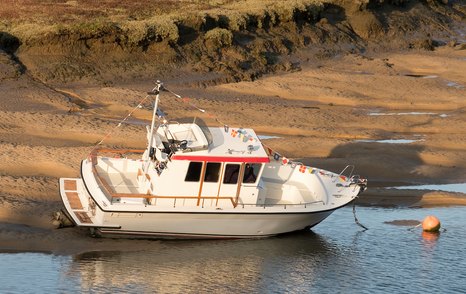
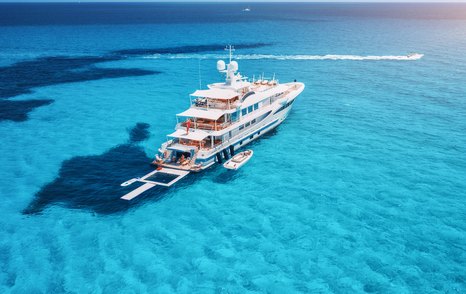
Avoidable Damage
Another common constraint is that the yacht’s hull warranty is void if it touches the sea bed at low tide. Some yachts are designed to support their own weight on their keels, others aren’t. Either way, an owner should know and use the yacht accordingly.
You may be surprised to know that the topsides of some medium-sized yachts are only 4mm thick and can easily be damaged if the yacht leans against scrubbing posts or a harbor wall. Several major builders have a condition in their warranties that requires fenders to always be used in the right place when the yacht is parked in a marina because if they’re put in the wrong place the topsides will flex and could delaminate over time.
Most yacht builders’ warranties become void if the yacht is used for any commercial purpose, including charter. If you plan to charter your yacht, be sure to check very carefully where the responsibilities and liabilities break down between builder, dealer, charter agent, and owner.
Most yacht builders’ warranties become void if the yacht is used for any commercial purpose, including charter."
Who Pays When A Claim Is Made?
Liability for warranty repairs is often shared between the builder and dealer because some defects occur during the build process and others during commissioning.
However, some builders require their dealers to pay for all warranty repairs up to approximately 5% of the yacht’s value, which can easily wipe out most of the dealer’s profit margin on the sale of the yacht and this does affect how some dealers react to warranty claims.
Things To Do Before Your Warranty Ends
One final, important tip for anyone buying a brand new yacht is to put a reminder in your diary to arrange a survey of the yacht a few months before the builder’s warranty is due to lapse. It’s well worth the relatively modest cost if only for peace of mind, and it could even save you a huge repair bill.
